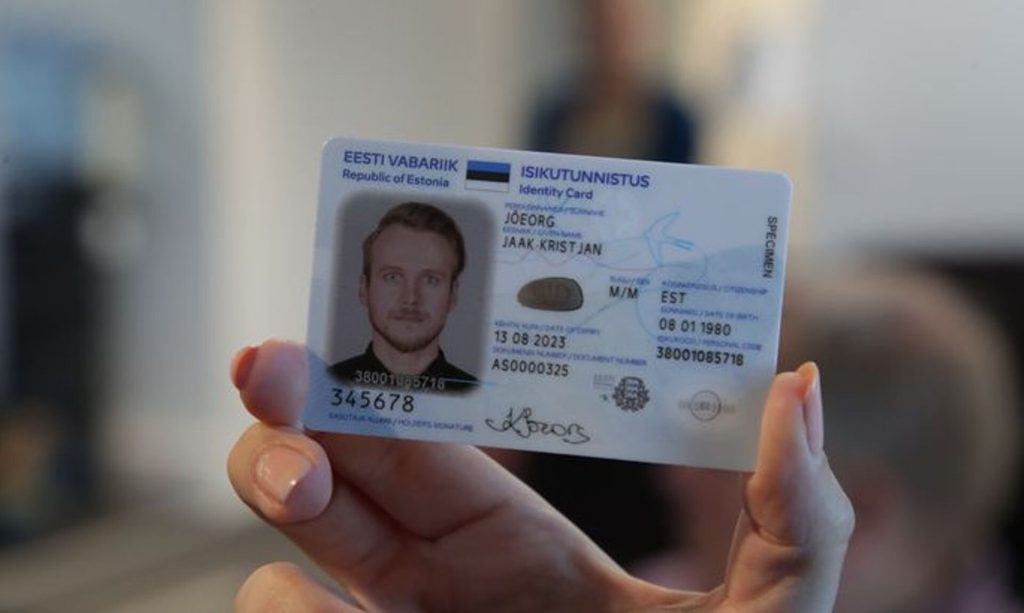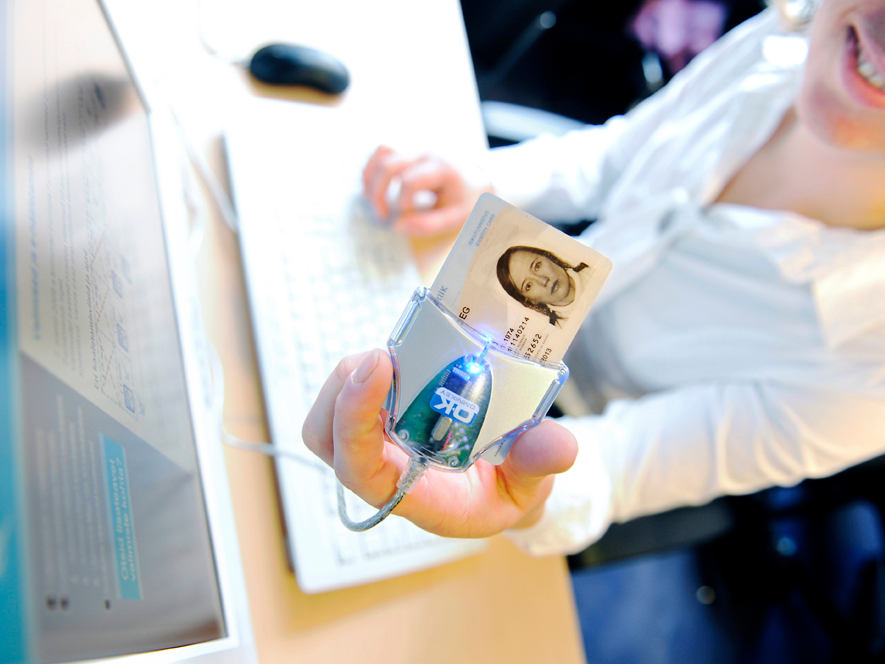This week, as Estonians cast their ballots in the 2025 local elections, more than half are expected to do so without stepping outside their homes.
Estonians will open their laptops, insert their national ID cards and cast a legally binding vote online – a process now so routine it barely makes the news. Yet this quiet act marks a remarkable milestone: twenty years since Estonia became the first nation in the world to hold nationwide internet voting. Over two decades, the small northern European country has reshaped not only the mechanics of voting, but the very notion of what democratic participation means in the digital age.
From digital experiment to democratic habit
When Estonia introduced “i-voting” in 2005, the notion of entrusting the internet with something as sacred as the ballot box seemed radical – even reckless. Only around 2% of voters dared to try it. Yet that modest experiment sparked a digital transformation few nations have matched.
Anchored in Estonia’s secure digital ID system, the process allowed citizens to authenticate themselves, vote remotely and verify that their ballot had been received. Every step was designed for transparency and security: the voter’s identity is separated from the ballot before counting, ensuring anonymity while preserving auditability.
Over time, trust grew. By the 2023 parliamentary elections, more than half of all votes – 51% – were cast online, setting a world record.

The technology behind the system
Every Estonian citizen holds a digital identity card (e-ID), used not only for voting but for banking, signing contracts, accessing medical records and paying taxes. Casting a ballot online is simply another service within this trusted digital ecosystem.
Behind the scenes, the system relies on end-to-end encryption and digital signatures to secure each vote. Once verified, the voter’s identifying data is stripped away, leaving only an anonymous ballot to be counted. The process is also verifiable: through a secure app, citizens can confirm that their vote reached the central system intact – a level of reassurance paper ballots cannot provide.
Regular independent audits and cybersecurity reviews keep the system evolving. A 2024 government commission found no “high” or “very high” risks associated with e-voting, while recommending ongoing improvements, such as the adoption of elliptic-curve cryptography and the expansion of Smart-ID authentication.

Perhaps Estonia’s most remarkable innovation isn’t technical at all – it’s trust. Public confidence in digital systems underpins the country’s entire e-governance model. Decades of transparency, robust data protection laws and digital literacy have nurtured that confidence. Citizens can see how systems operate, how audits are carried out and how vulnerabilities are fixed. This openness has created a digital culture where convenience and confidence coexist – not compete.
No online system is entirely immune to attack or manipulation. Malicious software on a voter’s personal device, for instance, could threaten privacy or alter a ballot before it’s sent. Some constitutional scholars question whether holding online voting over several days infringes the principle of “one election day.” Others point to a digital divide: younger Estonians are far more likely to vote online than their elders.
These debates aren’t brushed aside – they drive the system’s evolution. Estonia’s officials publish technical white papers, commission external audits and adjust procedures in response – a degree of openness and self-scrutiny still rare in most democracies.
The 2025 elections: digital democracy at twenty
This year’s local elections will be both a routine exercise and a quiet celebration. Two decades after the first online ballots were cast, Estonia’s e-voting system continues to grow in reach and refinement.
Officials are rolling out new cryptographic techniques and mobile ID authentication options to keep the system both secure and accessible. Participation is expected to reach record levels, with more citizens – at home and abroad – choosing to vote digitally. What’s most striking is not that Estonia votes online, but that most Estonians can no longer imagine doing it any other way – even though such a system remains unimaginable in much of the world.

Lessons for the world
As nations around the world grapple with declining trust in institutions and the logistical strains of traditional voting, Estonia offers both inspiration and a note of caution. Its success depends on unique conditions: a small, digitally literate population, a unified national ID system and a deep-rooted culture of transparency.
Replicating this model in larger or less digitally mature societies would be far more complex. Yet Estonia demonstrates an essential truth – technology and democracy need not be at odds. With thoughtful design and public trust, digital tools can deepen participation rather than diminish it.

